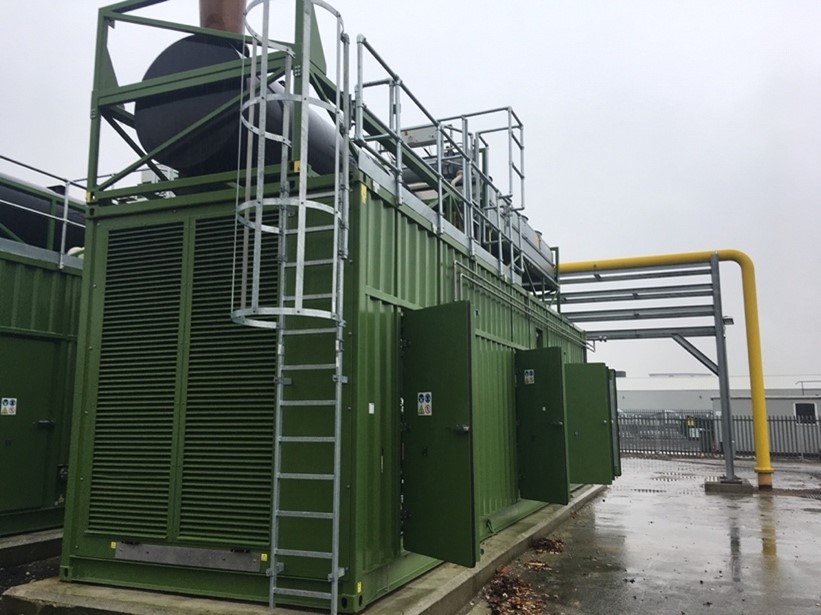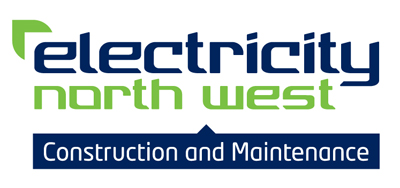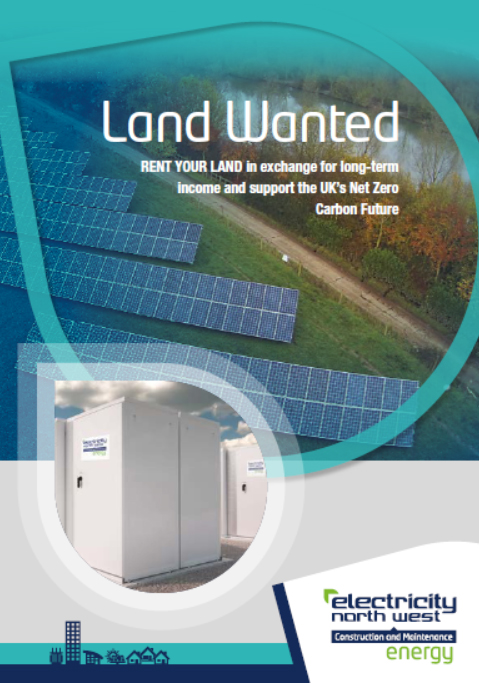The UK’s Electricity System is Changing
Network Generation

As we transition to a net zero economy, we face new challenges. How can we meet increasing electricity demand when the wind isn’t blowing, the sun isn’t shining, and renewables aren’t generating? And how do we ensure that we can store renewable power at times when generation exceeds demand? To ensure security of supply, the UK requires sources of reliable and flexible power, able to respond swiftly to fluctuations in supply and – increasingly – address pressure on local networks and constraints in urban areas.

ENWCML are actively developing decentralised energy plants that offer a localised solution to this problem. They provide standby flexible electricity which at times of peak demand, ensure we have the energy when and where it is most needed. As well as enabling the development of more renewables, our plants support the growth of new technologies such as electric vehicles and heat pumps by providing on demand energy in our busiest urban areas.
Our Solutions
ENWCML Peaking Plants
Peaking Plants use natural gas in highly efficient engines to generate electricity which is exported to the grid during times of low renewable output helping keep the energy supply to the grid stable. For example, on short winter days (low solar generation) or extended periods of low pressure (low wind generation) extra power is needed to keep the inertia on the grid stable. In doing so peaking plants ensure we have secure energy supplies whilst supporting growing renewable capacity without the risk of power cuts.
ENWCML Energy Storage
Battery Energy Storage Systems – or ‘BESS’ – provides a more instantaneous but shorter duration response than gas engines allowing them to react faster to changes in grid supplied power. Batteries are currently playing a significant role in regulating the grid’s frequency, as more battery capacity is connected to the grid it will enable power to be stored when excess electricity from low carbon generators (wind, solar, hydro etc) is generated than we can utilise, and can then export this power during times when there is less renewable generation or higher demand.
The energy landscape is fundamentally changing
Demand Side Response

As more renewable energy sources come online, our power infrastructure needs more flexibility. Grid operators need new ways to balance energy demands and Demand Side Response is the solution. We offer Demand Side Response services to our customers, generating them income, whilst helping to balance the needs of the Grid. This technology and virtual power plant portfolio enables us to provide the most optimised solution, generating the largest revenues possible from the potential flexibility of energy usage on your sites.
Once our advanced Energy Connect technology platform is installed, we work with you to optimise the way you consume electricity use during peak tariff hours including:
We would be happy to undertake a site audit to explore the potential flexibility that might exist leading to additional financial income for your business.
Committed to protecting our customers, people and environment
With our own in-house Health, Safety, Environment and Quality (HSEQ) team responsible for the implementation of policy and standards, we work to some of the most stringent safety standards in the industry. Our operational procedures, safety standards and delivery capability has enabled the company to attain the following accreditations:

We are looking for commercial or industrial land
Land Requirements

We are looking for commercial or industrial land to rent to develop new ENWCML projects. We will fully fund the development at no risk to the landlord and will pay competitive rents for suitable sites.
What is a suitable site?
What are the landowner benefits?
Think your land is suitable?
Our sites include unused car parks, open storage land, derelict or unused land around warehouses, storage facilities and factories. But our small and modular approach means that we can often create value on land that may not appear to have any. If in doubt send us your sites and our in-house Development Team will review them.

Office hours:
Open – Mon – Fri 7:30 – 17:30
Closed – Saturday, Sunday and Public Holidays
Our registered office:
Borron Street
Portwood
Stockport
Cheshire SK1 2JD
Social profiles
Get in touch!
We’d love to hear from you. Please get in touch and we’ll get back to you as soon as we can.



